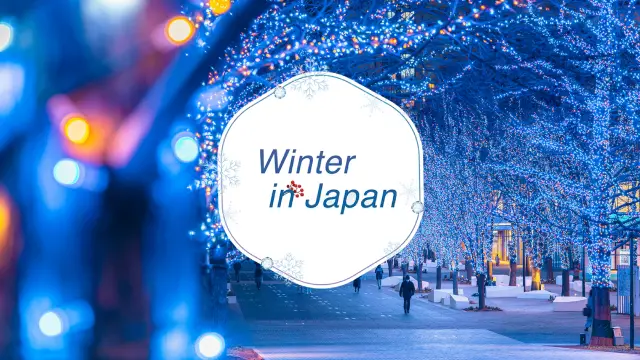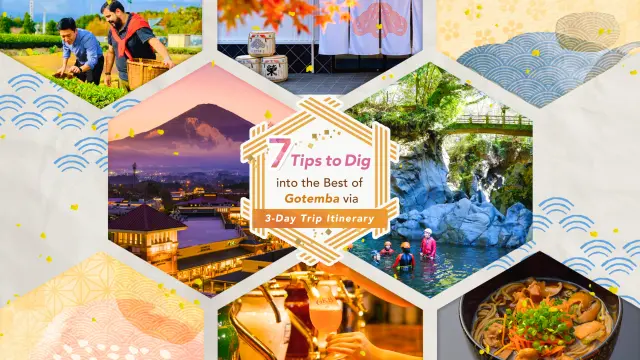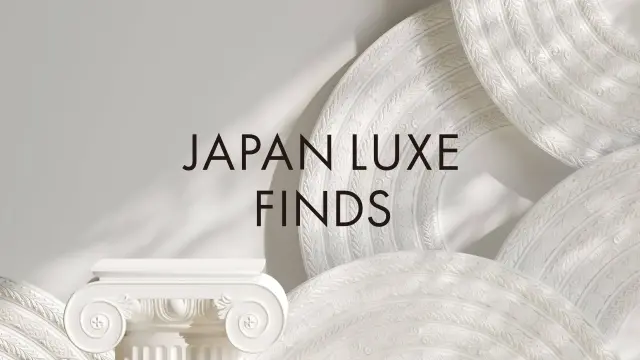In Kameido, there used to be a villa called "Seika-an" owned by Iseya Hikoemon, a kimono merchant. In the garden of the villa, there was a plum tree with a branch crawling like a dragon from the ground and covering an area of 150 meters, which was popularly known as "Kameido Ume Yashiki.
The ukiyoe (woodblock print) artist Utagawa Hiroshige drew "Meisho Edo Hyakkei Kameido Ume Yashiki" (One Hundred Famous Views of Edo - Kameido Plum Yashiki) based on this house in 1857, and Vincent van Gogh famously copied it. The Kameido Ume Yashiki is a building named after this symbol, which houses a guide to the sights of Kameido, a store selling local specialties, and a store selling Edo period faceted glass, a traditional Japanese craft and a local industry in Koto-ku.
There is also an "Edo Kiriko Gallery" where you can learn about the process of Edo Kiriko. There is also a replica of Hiroshige's ukiyoe "Meisho Edo Hyakkei Kameido Ume Yashiki" (One Hundred Famous Views of Edo), "Plaster Ukiyoe" (three-dimensional ukiyoe made from plaster), a drawing from 1851, and a panel showing the origins of the Kameido Ume Yashiki. The "Kameido Umeyashiki Yose," an event of Rakugo, a traditional Japanese performing art in which one person plays multiple roles in a conversational play, is held in the "Fuji-no-ma" inside the facility, and visitors can enjoy Japanese culture such as art, craft and performing arts all at once.
For foreign tourists, the museum provides leaflets in English, face-to-face information using tablets, and video tourist information.
Highlights
-
There are stores selling local specialties and traditional crafts.
-
Replicas of Utagawa Hiroshige's Ukiyoe and three-dimensional plaster Ukiyoe are popular.
-
A monthly rakugo storytelling event called "Kameido Umeyashiki Yose" is held.





























